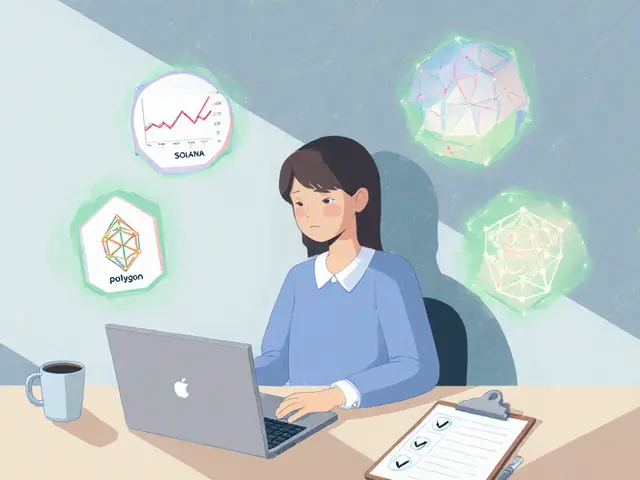Micropayments in Crypto: How Small Payments Are Changing Blockchain Use
When you think of cryptocurrency, you probably imagine buying a whole Bitcoin or swapping tokens on a decentralized exchange. But the real quiet revolution? micropayments, tiny financial transactions, often under a dollar, enabled by blockchain to replace traditional payment systems. Also known as microtransactions, they let you pay fractions of a cent for content, data, or service access — something traditional banks and credit cards simply can’t handle profitably. This isn’t theory. It’s happening right now in crypto, where low fees and instant settlement make it possible to pay for a single article, a few seconds of video, or a single game move without middlemen taking a cut.
Why does this matter? Because blockchain payments, direct peer-to-peer transfers on distributed ledgers without intermediaries remove the cost barrier that killed micropayments online for decades. Credit card networks charge $0.30 plus 2.9% — so a 5-cent payment costs more to process than it’s worth. But on a blockchain like Solana or Ethereum Layer 2, you can send 0.0001 ETH for less than a penny. That’s why projects are now building decentralized finance, financial systems built on open networks without banks or brokers around micropayments: tipping streamers, paying for AI prompts, unlocking premium forum posts, or even paying for bandwidth in DePIN networks like XPIN. These aren’t niche experiments — they’re the foundation of new digital economies.
But here’s the catch: most micropayment systems still need users to hold crypto, understand wallets, and deal with volatility. That’s why the real winners will be the ones who hide the complexity. Imagine loading a $1 balance into your phone app that auto-replenishes from your bank, then using it to pay 2 cents per minute for a podcast. No crypto wallet needed. Behind the scenes? It’s all blockchain micropayments. The posts below show you exactly how this is being built — from tokenized transactions in gaming airdrops like MagicCraft’s MCRT, to payment rails hidden inside Bzzone’s mining model, to how real estate token platforms use tiny recurring payments to manage ownership shares. You’ll see what works, what fails, and why some projects are quietly building the future of everyday payments — one fraction of a cent at a time.

Learn how state channels work, their benefits, drawbacks, real-world use cases, and how to get started with this blockchain scaling technology.
Jonathan Jennings Oct 26, 2025




